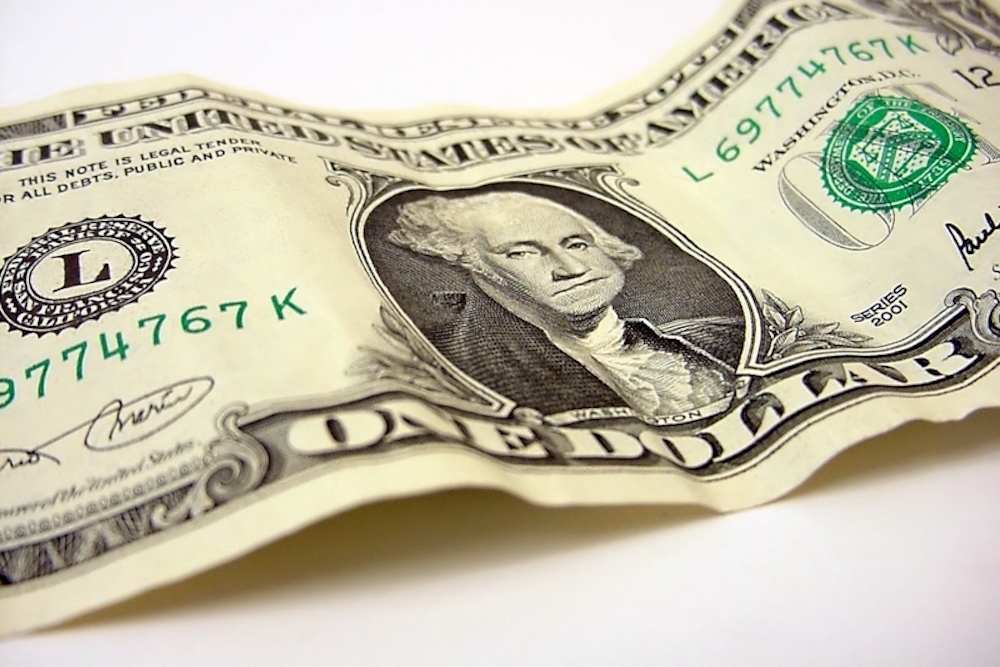Wikimedia Commons
Wikimedia Commons
State Treasurer Michael Fitzgerald released his annual report showing the total debt for state and local governments, which reveals that the state's debt has significantly increased over the past year.
Fitzgerald said the debt has increased by 5% this year alone and that the State of Iowa has over $17 billion in debt to date.
“The debt for all of those entities is up about 5% this year. And totally for the whole state of Iowa, we have over $17 billion in debt, which is pretty reasonable. Iowa is a low-debt state. Of course, you don’t like to be in debt. But we are always going to need sewers and roads and things like that,” Fitzgerald said.
He said the increase isn't as bad as it could have been.
“But if it would have gone up say 10, 15, 20% – especially in your local community – that would be a red flag,” Fitzgerald said.
Iowa cities recorded the largest increase in outstanding debt. These cities account for almost 37% of the total debt. That is a total of around $6.2 billion, according to Fitzgerald's report.
Fitzgerald said that a large portion of the debt comes from the maintenance of the streets and sewer systems.
“They usually do — I mean they are the ones who are building the streets and the sewers. And that’s what we are continually replacing and building. And some cities, like Waukee or Ankeny, they are expanding, they’re building new streets because all of those new houses are going in and you need sewer lines and things like that,” Fitzgerald's report states.
He also said that the population boom contributes to the debt as well. He noted that the more the population grows, the more schools are needed. New schools cost money.
“And then you get enough people moving in and you’ve got to build new schools,” Fitzgerald said. “Cities and schools are recognizing that too. As we can access capital to build these long-term investments that we need to build our communities and get it very cheaply."




 Alerts Sign-up
Alerts Sign-up